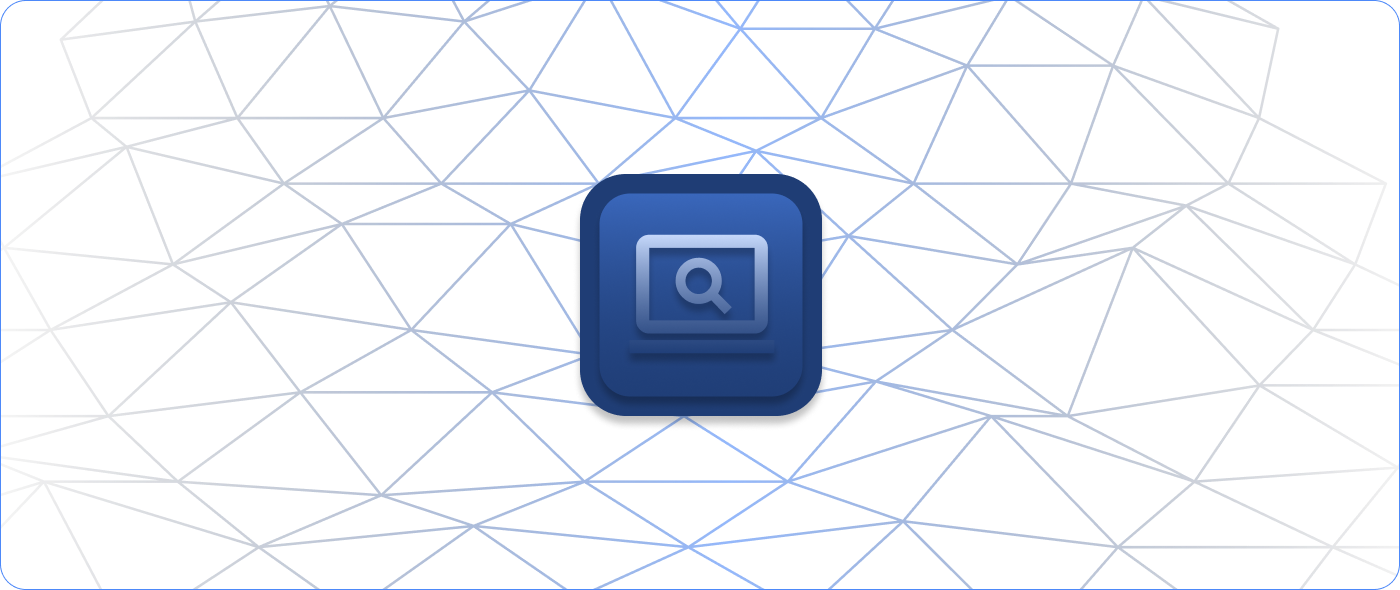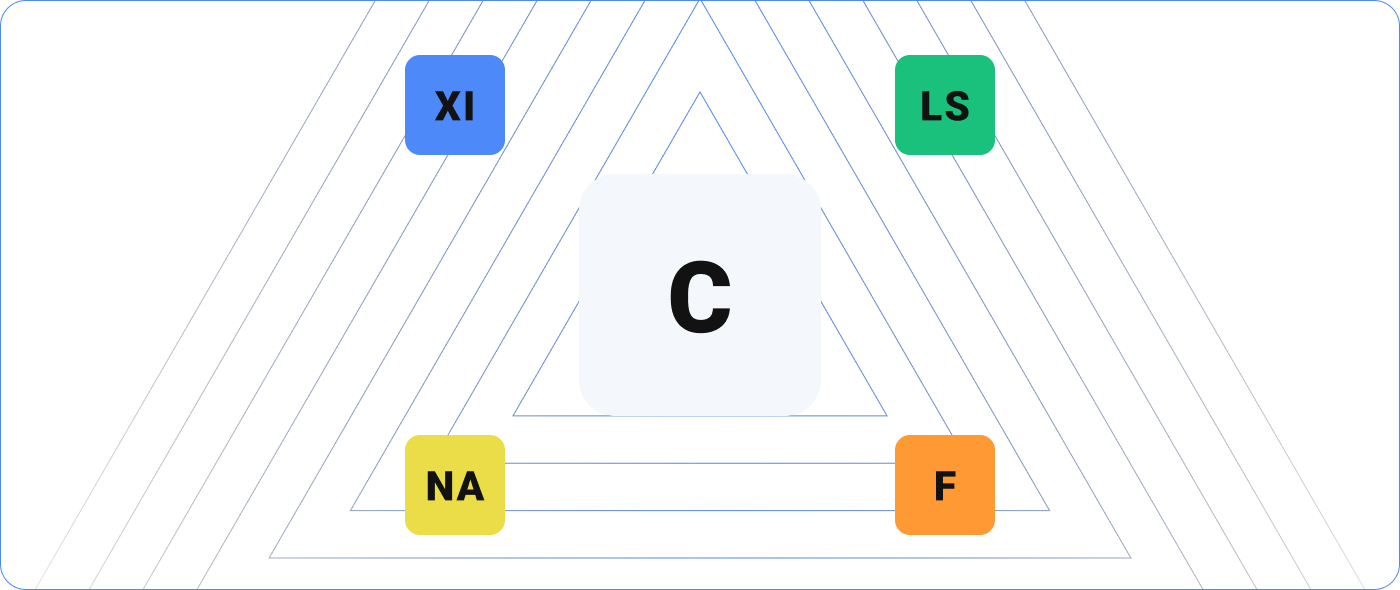System administrators sometimes choose to build out IT infrastructure monitoring on free, open-source platforms to save their organizations’ money. But are these platforms actually less expensive? We outline the key reasons a free infrastructure monitoring license may actually end up costing more than it is worth.
System Administrator’s Time
The primary user of an open-source platform often needs to understand the command line or have a deep technical understanding of the product to use it effectively. This requires a highly technical user, typically a system administrator or engineer, to manage not only the setup of the platform but also the day-to-day management of it. Generally speaking, these internal resources are some of the most expensive in an organization.
Enterprise solutions are usually built with a less technical user in mind. Their user-friendly interfaces make it possible to assign a less technical user to the day-to-day management of it, freeing up the system administrator’s time for higher-value tasks that require their level of expertise.
Training Someone New on the Platform
It’s a significant undertaking to train someone new on a free, open-source platform because it requires the new user to understand the command-line code or the intricate details of the product. There will be a considerable learning curve for an incoming employee, especially if the system administrator who set up the IT monitoring platform leaves the organization. The time it takes for someone to learn the platform isn’t a cost an organization should risk when the typical tenure of a systems administrator is just one to three years.
Even if the systems administrator is still working for the organization, any new employees hired to support him or her need to know how to work the command-line code or learn the intricacies of the product. This necessity requires the organization to hire additional highly technical—and expensive—resources. Enterprise platforms built for fewer technical users enable a much quicker and less costly ramp-up.
Manual Configuration and Modifications
Free infrastructure monitoring licenses also require users to configure and update devices manually. These manuals not only require an expensive system administrator but also take a considerable amount of time.
Enterprise platforms that come with pre-built templates enable users to quickly configure new devices using a setup that has been tried and tested. These templates allow non-technical users to start monitoring devices without needing to touch the command-line code. Some enterprise tools also allow users to build and save templates of their own, so they only have to create one configuration, clone it, and implement it across all devices of the same kind.
Bulk modification features found in enterprise versions also enable users to make sweeping configuration changes across thousands of hosts, mitigating the cost associated with spending time updating each device.
Reporting and Visualization
Additionally, free infrastructure monitoring licenses often don’t include the robust reporting features that enterprise versions do. Users have to gather information on each device they’re monitoring and run their reporting outside of the tool. Enterprise platforms typically include visualization tools that not only save time (and therefore, money) but also improve a system administrator’s ability to keep executives informed on the status of the company’s IT infrastructure.
Enterprise platforms frequently have sophisticated reporting features, including charts and graphs for easy visualization. They should also include scheduled reporting to enable users to automatically send updated reports to executives without having to go into the platform each time to pull them. Reports make it easy for executives to understand the data, so system administrators don’t need to spend time explaining what the information means.
System administrators should look for reports that make it easier to identify trends in their business, which can indicate when new hardware or equipment will be needed based on predicted future capacity. Predictive reports like these help organizations forecast future expenses and get new equipment in place before existing hardware fails.
User Permissions and Grouping of Like Devices
Free IT infrastructure monitoring tools usually don’t include features that allow users to organize their systems in a way that enables easier management. Free licenses often don’t have user permissions that allow control of what each user sees, requiring users to sift through information that’s not relevant to their job. Enterprise licenses with user permissions enable administrators to control user views to reduce the cost associated with needing to sift through unnecessary information.
Free licenses often require an admin who has the expertise to group similar devices for more efficient monitoring. With enterprise tools, an administrator can easily set up host or service groups that group like devices together. Consider if your organization has a graphic design department whose devices’ CPU often spikes. The administrator can group all graphic design computers to easily monitor how the department’s computers are functioning and pinpoint when a computer isn’t performing the way it should. This grouping reduces the need to toggle between many devices to identify the ones more prone to errors and to proactively take action before an employee’s device stalls.
Mapping Device Location
Free licenses lack features that help users pinpoint the specific location of devices—either geographically or in a crowded server room with numerous devices. Some enterprise tools enable administrators to mark the location of devices on a map. If a server needs attention, an administrator can quickly identify its location and head in that direction to fix it. Mapping devices saves time and money spent trying to determine where the device is.
Some enterprise platforms also include server-room visualization tools. These tools allow administrators to visually mark where each server is within a server room. If the user gets an alert that a server is down, they don’t have to search the room to identify the server’s location. Instead, they can pull up the visualization tool to see a picture of the server room that indicates the troubled server’s location.
Free infrastructure monitoring licenses can be a time sink that costs organizations a significant amount of money. Organizations will save a considerable amount of time—and thus, money—by investing in an easy-to-use enterprise tool with sophisticated features that make system administrators’ jobs easier, less cumbersome, and allow for a smoother transition to new employees.


